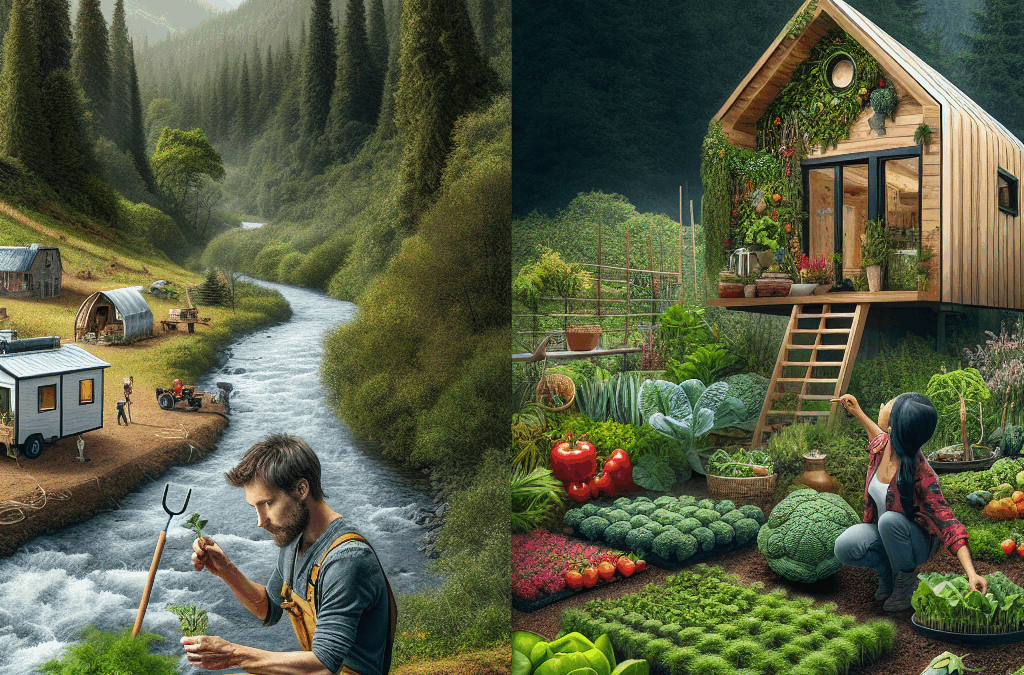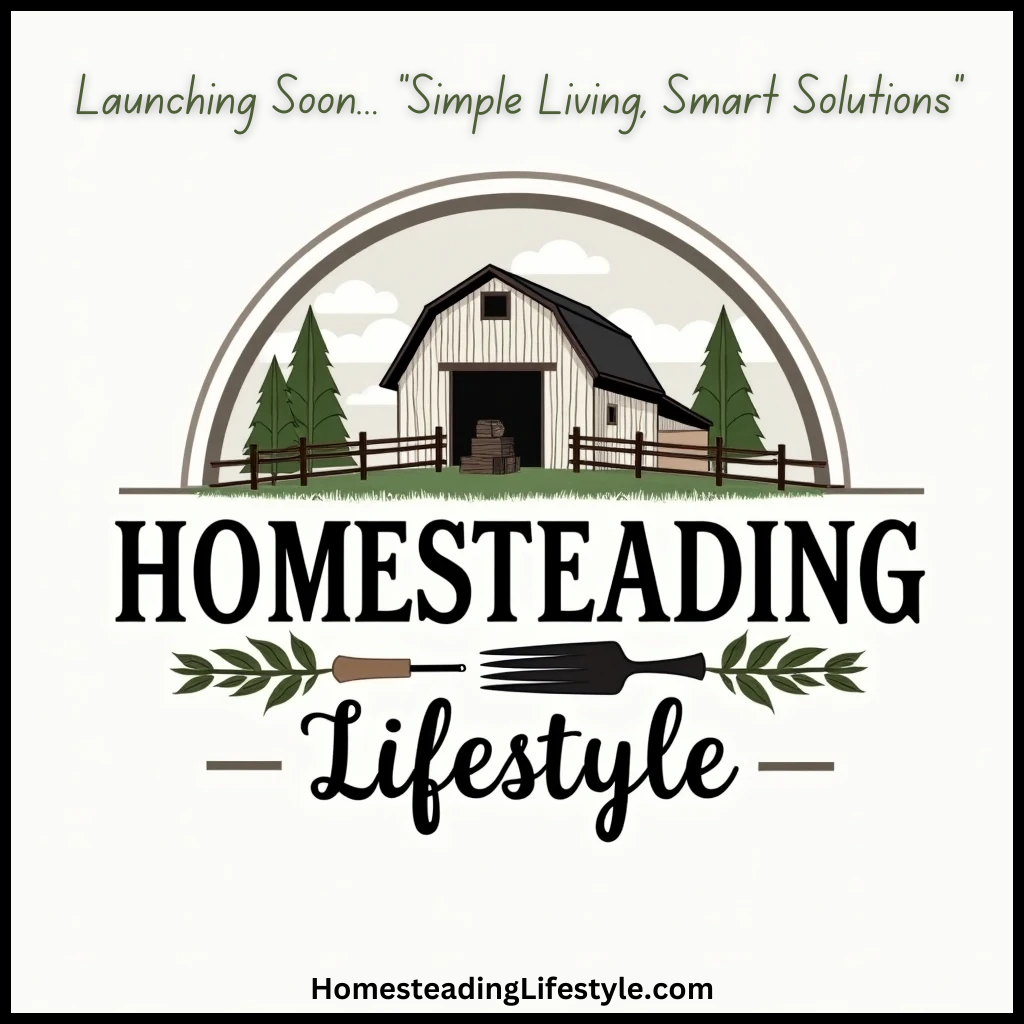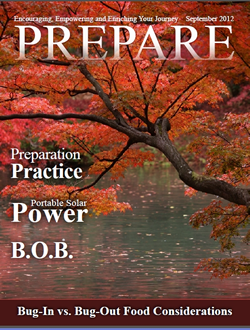Embarking on a journey toward self sufficient living is more relevant than ever in 2025. As global challenges like climate change, economic fluctuations, and resource shortages continue to grow, adopting self sufficient living tips can help you become more independent and resilient. Whether you’re considering a full off-grid lifestyle or simply want to improve your sustainability, these 10 practical tips will guide you to thrive in the coming years.
Table of Contents
- Harnessing Solar Power for Energy Independence
- Growing Your Own Food at Home
- Implementing Water Collection Systems
- Using Renewable Heating Solutions
- Staying Connected Offline
- Practicing Barter and Local Trade
- Developing Permaculture Gardening Skills
- Mastering DIY Home Maintenance
- Building Financial Resilience
- Joining or Building a Self Sufficient Community
1. Harnessing Solar Power for Energy Independence
Maximize Solar Panel Efficiency
In 2025, solar technology has advanced significantly, making solar power more accessible and affordable. Setting up a reliable solar energy system can greatly reduce your reliance on traditional electricity providers. To maximize efficiency, position your panels at the optimal angle, typically facing south in the Northern Hemisphere, and keep them free of debris. Consider micro-inverters or power optimizers to enhance energy harvest even in shaded conditions.
Investing in high-quality panels with a lifespan of 25 years or more ensures long-term savings. Additionally, integrating energy storage solutions like batteries allows you to store excess energy generated during the day for use at night or during cloudy days. Proper maintenance and regular inspections keep your system running at peak efficiency, helping you thrive with a sustainable energy source.
Research shows that homes equipped with solar power can reduce their energy bills by up to 70% in 2025. Solar energy not only lowers costs but also protects against grid disruptions, making it an essential self sufficient living tip.
Practical Tips for Solar Integration
- Calculate your household energy needs to size your solar system accurately.
- Consider government incentives or tax credits available in your area.
- Explore portable solar solutions for outdoor activities or remote cabins.
2. Growing Your Own Food at Home
Start a Vegetable Garden
Growing your own vegetables is one of the most rewarding self sufficient living tips. In 2025, urban gardening techniques like vertical gardens and container planting make it easier than ever to produce fresh produce regardless of space constraints. Select nutrient-rich soil and native plants to boost yields and reduce maintenance.
Plant seasonal vegetables to optimize growth cycles and reduce the need for artificial inputs. Incorporate companion planting to naturally repel pests and improve crop health. Starting small with herbs and salad greens is a great way to build confidence and gradually expand your garden.
Data indicates that home-grown food can reduce grocery bills by 15-20% annually. Plus, it ensures that you have access to organic, chemical-free produceâan important aspect of self sufficient living tips.
Preserving and Canning Surpluses
Learning to preserve your harvest through canning, drying, or fermenting extends your food independence throughout the year. In 2025, modern preservation techniques also focus on safety and nutrient retention, making food storage more reliable than ever.
Plan preservation methods based on your crops: tomatoes make excellent sauces, while berries can be frozen or canned into jams. Keeping a well-organized pantry and labels ensures you can enjoy your homegrown food long after harvest season.
Implementing effective preservation techniques reduces waste and provides a steady supply of healthy food, further supporting your journey toward self sufficient living.
3. Implementing Water Collection Systems
Rainwater Harvesting Strategies
Rainwater harvesting has become an essential self sufficient living tip in 2025, especially in drought-prone regions. By installing gutters and storage tanks, you can collect rainwater for irrigation, toilet flushing, and even drinkingâafter proper filtration.
Ensure your system complies with local regulations and includes filtration and purification units to meet health standards. Regular maintenance of filters and tanks keeps your water safe and clean.
According to recent studies, implementing rainwater harvesting can reduce household water bills by up to 50%, making it a practical and eco-friendly investment.
Water Purification and Storage
Having a reliable water purification system is critical for self sufficient living. Options range from simple charcoal filters to advanced UV purification units. Store water in food-grade tanks and rotate supplies regularly.
Learning about water testing and treatment techniques ensures your water source remains safe â this is a fundamental self sufficient living tip for health and safety.
Practical advice includes collecting rainwater during wet months and storing it for dry periods, ensuring a continuous supply regardless of external conditions.
4. Using Renewable Heating Solutions
Solar Water Heaters
In 2025, solar water heaters are more efficient and affordable. Installing a solar thermal system can provide warm water year-round, reducing reliance on electric or gas water heaters. Proper placement and insulation are key to maximizing efficiency.
Upgrade to indirect or tankless systems for quick heating and water conservation. Consider integrating thermal storage to hold heat during cloudy days.
This self sufficient living tip not only lowers energy bills but also contributes to a greener lifestyle, aligning with sustainable living goals for 2025.
Wood and Pellet Stoves
For heating during colder months, modern wood and pellet stoves offer renewable alternatives to fossil fuels. In 2025, these stoves are cleaner, more efficient, and easier to operate.
Ensure proper insulation and venting to maximize heat retention and safety. Harvesting or sourcing sustainable firewood locally reduces your carbon footprint.
Overall, integrating renewable heating solutions is a vital component of self sufficient living tips that help you stay warm while minimizing environmental impact.
5. Staying Connected Offline
Build a Local Support Network
In an era dominated by digital dependence, establishing strong local relationships is invaluable. This self sufficient living tip involves trading goods, sharing resources, and supporting each other in times of need.
Participate in community events and farm cooperatives to strengthen bonds and exchange practical skills. Offline networks provide psychological safety and resilience amid societal disruptions in 2025.
Effective communication and mutual aid can be life-savers during emergencies, making community-building one of the most crucial self sufficient living tips.
Offline Education and Skill Sharing
Learning hands-on skills like carpentry, gardening, and preservation equips you to handle many challenges independently. Attend local workshops or barter for lessons.
Sharing knowledge within your community fosters self reliance and reduces dependence on external experts or supplies.
This approach builds a resilient mindset, essential for thriving in unpredictable future scenarios.
6. Practicing Barter and Local Trade
The Benefits of Bartering
In 2025, bartering remains a powerful self sufficient living tip, especially during economic downturns or supply chain disruptions. Trading produce, skills, or tools reduces reliance on cash and fosters community sustainability.
Create a barter network within your neighborhood or online groups. Clear communication and mutual trust are key to successful exchanges.
Bartering sustains your needs and builds strong local relationships while emphasizing resourcefulness and resilience.
Starting a Local Trade System
Document your resources and identify what you can offer and what you need. Organize swap meets or digital platforms to facilitate exchanges.
Supporting local producers and artisans also enhances community self sufficiency and reduces environmental impacts associated with transportation.
Integrating barter into your lifestyle is a smart self sufficient living tip to prepare for 2025âs economic challenges.
7. Developing Permaculture Gardening Skills
Designing for Sustainability
Permaculture focuses on creating resilient, self-sustaining ecosystems. In 2025, mastering permaculture principles allows you to build productive gardens that require fewer inputs and are environmentally friendly.
Design zones to maximize sunlight, plant perennials, and integrate animals or insects for natural pest control. Use composting and mulching to enrich soil organically.
This skill not only supports your self sufficient living tips but also contributes to local biodiversity and ecological health.
Implementing Permaculture Techniques
Start with small projects like rain gardens, edible landscapes, or herb spirals. Observe and adapt the design based on your environment.
Mutually beneficial plant relationships and integrated pest management reduce need for chemical interventions. This approach saves money and supports a healthier lifestyle.
By developing permaculture gardening skills, you’re investing in long-term food security and ecological balance, essential for thriving in 2025.
8. Mastering DIY Home Maintenance
Basic Repairs and Upgrades
Being able to perform routine repairs saves money and reduces dependence on external service providers. Learn skills like plumbing fixes, electrical work, and carpentry.
In 2025, online tutorials and community workshops make acquiring these skills easier than ever. Keep a toolkit stocked with essentials for quick fixes.
Proactive maintenance extends the lifespan of your home systems, ensuring reliability and efficiency as part of your self sufficient living tips.
Installing and Maintaining Off-Grid Systems
Knowledge of installing solar panels, water tanks, or composting toilets empowers you to upgrade or expand your self-sustaining systems.
Regular maintenance prevents costly breakdowns and ensures optimal performance. Document procedures and create schedules for inspection and upkeep.
Mastering DIY home maintenance is a foundational self sufficient living tip for long-term resilience and independence.
9. Building Financial Resilience
Reducing Expenses and Increasing Savings
Living self sufficiently involves managing costs effectively. Cut unnecessary expenses and create a budget focused on sustainable investments like renewable energy or food storage.
Build an emergency fund to weather unforeseen disruptions. In 2025, financial literacy is crucial, with many online resources to help you plan smartly.
This financial resilience underpins all your other self sufficient living tips, enabling you to be independent and prepared.
Generating Additional Income
Develop side projects such as crafting, consulting, or small-scale farming. Diversifying income provides extra security and funds further self-reliance projects.
Leverage online marketplaces and community networks to sell your goods or services directly. This approach reduces dependency on traditional employment structures.
Financial resilience in 2025 bottom line ensures your self sufficient living journey is sustainable and adaptable to change.
10. Joining or Building a Self Sufficient Community
Benefits of Collective Self Reliance
Community living amplifies sustainability efforts and distributes workload. Share resources like tools, seeds, and knowledge to reduce individual burdens.
Collaborative efforts in food production, energy sharing, and childcare can dramatically increase your quality of life.
In 2025, collective resilience becomes vital as local, national, and global challenges intensify, making community-building an essential self sufficient living tip.
Practical Steps to Community Organization
- Identify like-minded individuals or groups interested in sustainability.
- Establish shared goals, rules, and project plans for collaboration.
- Host regular meetings and hands-on workshops to strengthen bonds and skills.
Conclusion
Embracing these 10 self sufficient living tips can prepare you to thrive in 2025 and beyond. From harnessing renewable energy to building strong community ties, each tip enhances your resilience and independence. As the world changes rapidly, adopting these strategies is more important than ever to ensure a sustainable, secure, and fulfilling lifestyle. Start today, and take control of your futureâbecause mastering self sufficient living tips is the key to thriving in 2025 and the years ahead.
Frequently Asked Questions (FAQs)
- What are the best self sufficient living tips for beginners in 2025?
- Start small with growing your own food, installing basic renewable energy solutions like solar panels, and learning DIY home repairs. Gradually expand as you gain confidence.
- How can I reduce my dependence on the grid in 2025?
- Utilize solar power, rainwater harvesting, and energy-efficient heating systems. Building a backup water and power supply is also highly recommended.
- Why are self sufficient living tips important in 2025?
- They help you adapt to climate change, economic uncertainty, and resource scarcity, ensuring long-term resilience and sustainability.
- Is it expensive to start self sufficient living in 2025?
- While some investments are required, many tips like gardening, DIY repairs, and community sharing are cost-effective and pay off in long-term savings.
- Can I implement these self sufficient living tips in an urban environment?
- Absolutely! Urban gardening, solar solutions, and community networks are adaptable and increasingly popular in city settings.






